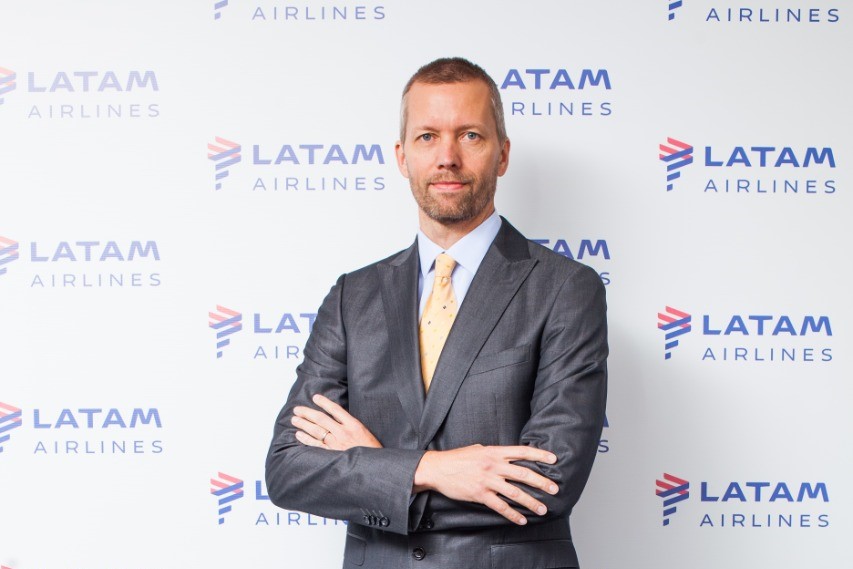Why Some Cities Have Fewer Flights: Latam Brazil's CEO Explains
Jerome Cadier, CEO of Latam Brazil, explains the key factors that influence flight availability across different cities. From passenger demand to hub operations, he sheds light on the complexities of airline route planning and why some routes have higher frequencies than others
On LinkedIn, Jerome Cadier, CEO of Latam Brazil, addressed an issue often questioned by travelers: the disparities in the number of flights available between different cities. Despite the company’s desire to offer a variety of schedules and more frequencies for all destinations, various limitations shape this reality.
Cadier compares network planning to a complex puzzle, where every piece must fit effectively. The primary factor is passenger demand, which varies significantly between locations.
In addition to demand, other elements come into play, such as airport operational conditions, available time slots, aircraft availability, and personnel allocation. Cadier illustrates this complexity by noting that it wouldn’t be feasible to justify a weekly flight to an airport with a low passenger volume.
Another crucial factor Cadier highlights is the nature of demand. Flights focused on tourists tend to generate lower revenue per seat than those carrying business travelers.

São Paulo and Rio de Janeiro, for example, are key business hubs for Brazil. As a result, the route between Congonhas and Santos Dumont operates 20 daily departures. This high frequency reflects the needs of corporate travelers, who often attend meetings, require flexible schedules, and frequently travel multiple times per week, unlike leisure travelers.
Cadier also emphasizes the role of connections in the air transport system. He notes that more than 50% of passengers at Guarulhos Airport are connecting to other destinations. Many passengers' origins lack direct flights to their final destinations. This is where the concept of a "hub" becomes essential. By aggregating passengers from different locations with a shared destination, the operation becomes viable and efficient.
Cadier concludes by explaining that variations in flight frequencies across routes are shaped by habits, needs, and technical considerations. He reminds readers that an aircraft is never isolated; it is part of a larger operation that must function in harmony to ensure efficient travel for all passengers.
This explanation provides greater insight into the challenges airlines face when designing routes and optimizing air operations, underscoring the importance of careful planning to deliver quality service to travelers.

/https://aviacionlinecdn.eleco.com.ar/media/2022/07/brasil-guarulhos-panel-vuelos-generica.jpg)
Para comentar, debés estar registradoPor favor, iniciá sesión